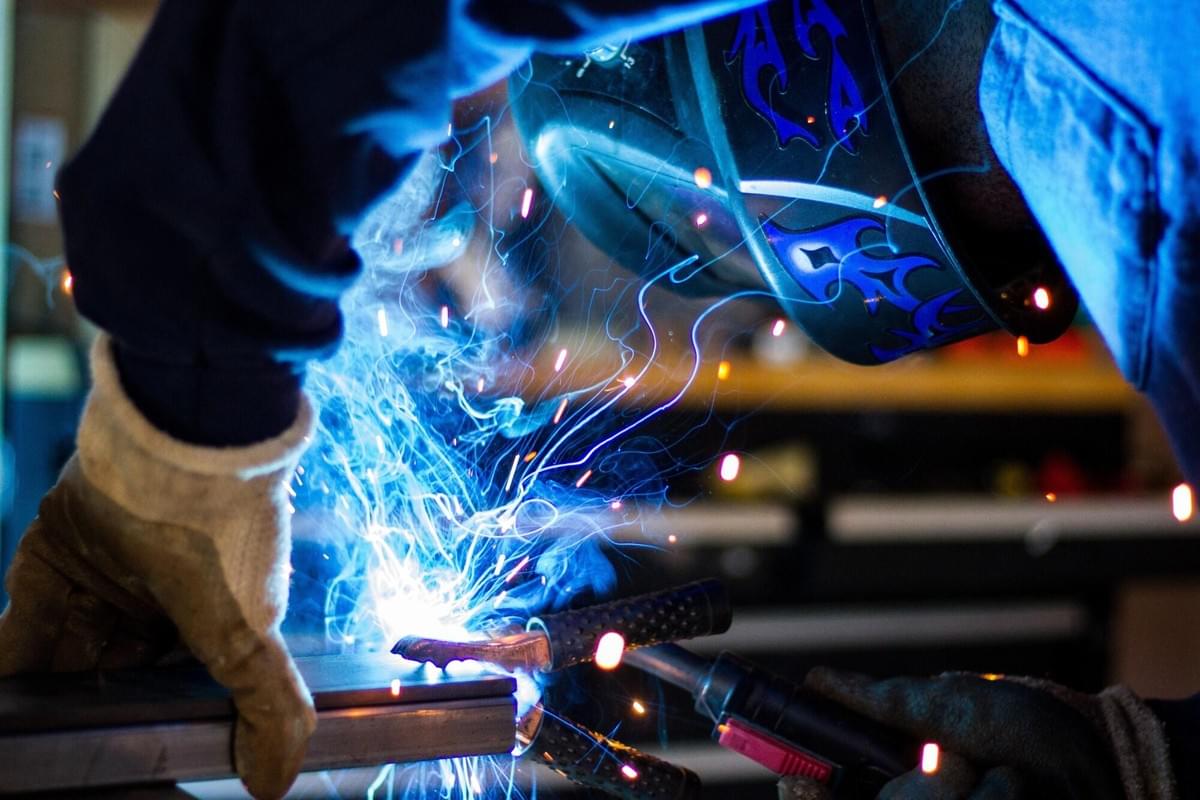
Welding is a critical process that has been used for centuries to join materials, most commonly metals, through the application of heat. This high-temperature technique flows molten materials together at the joint, creating a strong bond when cooled. As industries continue to evolve, the demand for skilled welders and advanced welding techniques has surged, making it a vital skill in construction, manufacturing, and maintenance sectors. Understanding the basics of welding can provide insights into its applications and significance in modern technology.
There are several different welding techniques, each suitable for various materials and applications. Among the most common methods are arc welding, gas welding, and MIG (Metal Inert Gas) welding. Arc welding utilizes an electric arc to melt the workpieces and filler material, while gas welding employs a fuel gas and oxygen mixture to achieve the desired fusion. MIG welding, known for its speed and ease of use, involves the continuous feeding of a solid wire electrode that melts to create the weld pool. Each method has its advantages and specific use cases, making it essential for welders to be trained in multiple techniques.
The importance of welding cannot be overstated, as it plays a crucial role in various industries, from automotive to aerospace. For instance, the automotive industry relies heavily on welding to assemble vehicle frames and body parts, ensuring safety and structural integrity. Similarly, the construction sector uses welding to create strong connections in buildings, bridges, and other infrastructures, which are fundamental to their durability and reliability. With the rise of technology, automated welding processes are becoming more common, increasing efficiency and precision in production lines.
Safety is a paramount concern in welding, as the high temperatures and equipment involved pose various risks. Welders must be equipped with protective gear to safeguard against burns, electrical shocks, and radiation from the welding arc. Additionally, proper ventilation is critical to avoid inhaling dangerous fumes produced during the welding process. Training and adherence to safety standards not only protect welders but also ensure that projects are carried out without incident, highlighting the need for proper education and certifications in the field. To know more about macon welding see their online page now.
As we look to the future, the demand for skilled welders is only expected to grow. With advances in technology, such as robotics and automation, the landscape of welding is evolving, offering new opportunities and challenges for professionals within the industry. Continuous education and training will be crucial for welders to keep up with these developments and maintain their competitive edge. In conclusion, welding remains a linchpin in the fabrication and manufacturing sectors, highlighting its relevance and importance in our daily lives and the broader economy. To understand more about this subject, please read a related post here: https://en.wikipedia.org/wiki/Welding.